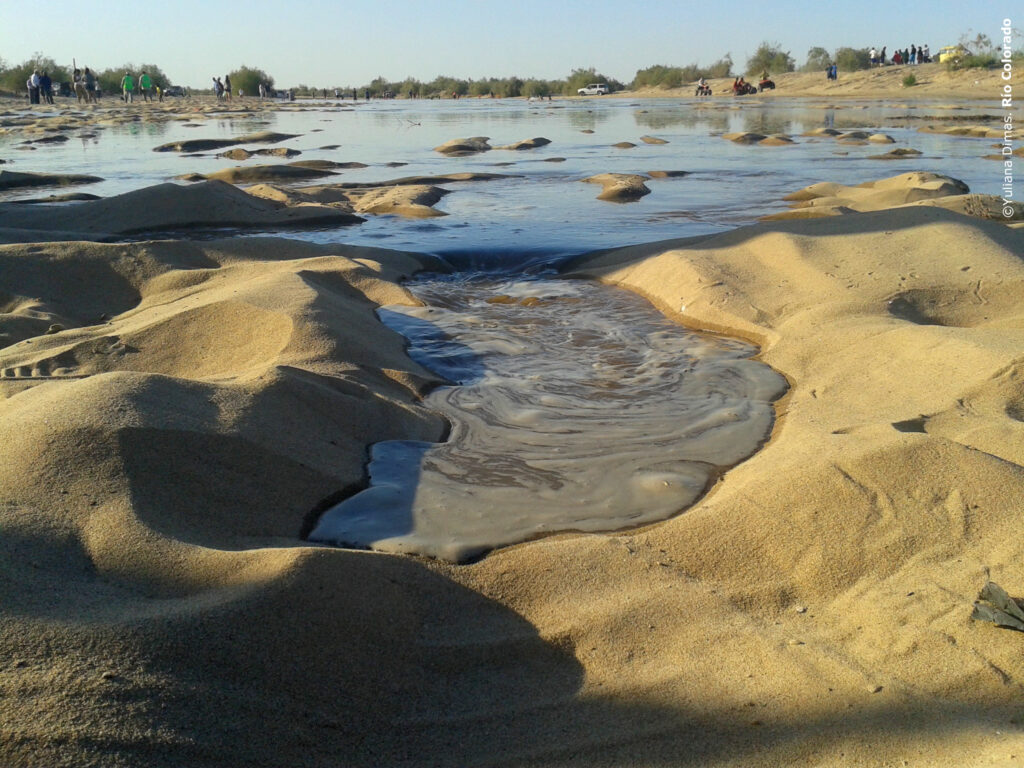The Colorado River is one of the essential tributaries in North America. It originates in the Rocky Mountains of the United States. It flows for more than 2,000 kilometers through five states of the neighboring country until it crosses the border between Arizona, Sonora and Baja California. In Mexican territory, it advances 140 kilometers until it flows into the Gulf of California. This area is known as the Colorado River Delta and was declared a Natural Protected Area in 1993.
For decades, the Colorado River segment in Mexican territory had a drastic decrease in flow, reaching only 3% of what it was in the 19th century. This has represented a high risk for the flora and fauna that depend almost exclusively on the water of this natural waterway. Hence the importance of the International Waters Treaty signed in 1944 by the governments of Mexico and the United States.
This vital treaty establishes the terms under which the U.S. delivers 1,850 million m³ of water to Mexico each year (this can be reduced in the event of an extraordinary drought in U.S. territory). To carry it out, compliance agreements known as acts are established. The first amendment was given in Act 319, signed in 2012, which indicates the delivery of 195 million cubic meters of water to restore the Colorado River Delta. Thanks to this measure, the Pulse Flow was delivered with 130 million cubic meters and a Base Flow of 65 million cubic meters, which reconnected the Colorado River channel with the Gulf of California, plus the reforestation of 450 hectares of riparian forests.

Then came Act 323, signed in 2017 and valid for 9 years. This made it possible to deliver water to the environment at two times: in 2021, for 6 months, and in 2022, for 142 days. Both water deliveries produced remarkable benefits to wildlife in the Colorado River Delta.
As Pronatura Noroeste we carry out permanent work in the Colorado River Delta. In particular, at the Miguel Aleman and Janitzio restoration sites, on the border between the municipalities of Mexicali and San Luis Rio Colorado, where we make the most of the water that comes from the U.S. To achieve our objectives we collaborate with organizations such as the Revive the Colorado River Alliance.
In Miguel Alemán and Janitzio we have forest nurseries where we plant and cultivate thousands of native plants, such as willows and poplars. We have planted more than 100,000 trees there over 11 years. In this way, where before there was a semi-desert wasteland with little animal presence and invasive flora, today we see in Miguel Alemán a small forest that attracts and shelters a large number of animals, including 123 species of birds.
We invite you to see the detailed infographic of this diplomatic effort. Be part of this noble environmental program that benefits and transforms an entire region.












